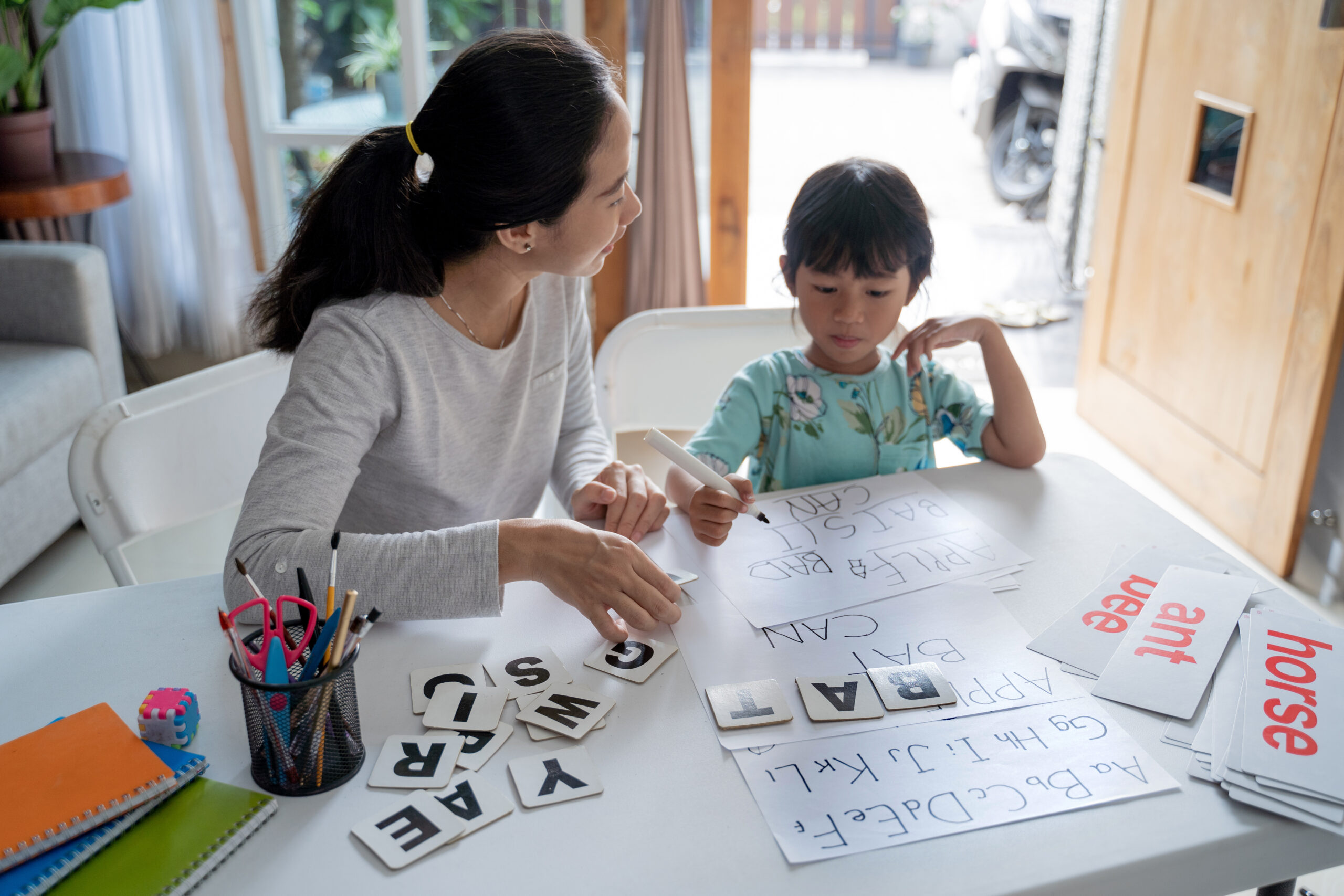If you’ve learned about efforts to make quality child care available and affordable for Minnesota parents and are wondering what it would take to make the results you see on the Child Care Calculator a reality, this blog post is for you!
Think Small has been working for decades to advance quality care and education for young children. We know that the early years are a crucial period when the foundation that all future learning will be built. As long-time advocates, we also know that bringing about this kind of change is hard work.
The Movement from Here to There: What to Expect
Movements for change take time and go through cycles. Below is an overview of the steps that are necessary to accomplish big change.
Step #1: Raising Awareness About the Problem
You’d be surprised to learn how little your friends, family members, and neighbors who don’t currently have young children know about Minnesota’s child care affordability crisis.
Here are some key facts that need to be repeated over and over and far and wide to help build a shared awareness of that crisis:
- The state and federal standard for child care affordability is 7% of annual household income. In Minnesota, a typical family with an infant is spending 21% for care, if that family also has a preschool aged child, they are paying 37%.
- Infant child care in Minnesota costs on average $16,087, significantly more than tuition at the University of Minnesota.
- Quality child care is expensive, and it should be because rapid brain development in the early years needs to be supported by individual attention and well-trained teachers. This video from the non-partisan organization Child Care Aware of America explains in more detail.
You can do your part not only by sharing these facts, but by connecting them to your own personal story. Change happens faster when people who aren’t personally impacted hear directly from those who are. It is also beneficial when third parties like employers, retirees, and friends and neighbors who aren’t currently raising young children weigh in. Sharing your story will help equip those around you to better help.
Step #2: Introducing Solutions
If you’ve made it this far you are aware that state and federal lawmakers are proposing ideas to address this crisis. One popular idea would make it so no Minnesota family ever has to pay more than 7% of their income for quality child care, though they could if they wanted to. 7% has been the federal standard under both the Trump and Biden Administrations, and last year the Minnesota Legislature set 7% as its goal too. For more of the specifics on this proposed solution, see this post.
One great way to show support for this idea is by sending a note of support to your state Legislators. To make that easy for you, we have created an action alert. If you haven’t yet, please use this link to help educate policymakers about this issue. If you’ve already done the alert, hang tight, we’ll keep providing new ways for you to do more to help.
Step #3: Putting the Solution in Motion
Getting to 7% would represent a significant investment by the state of Minnesota. Getting big things done usually takes time with progress happening incrementally. Did you know that it took decades for the state to fund full-day kindergarten?
Given this, what might progress on child care affordability look like? In 2024, some Minnesota lawmakers brought forward a bill for an initial $500 million in state funding to establish the Great Start Child Care Affordability Scholarships. That amount wouldn’t be enough to get to the 7% goal, but it would offer families with incomes up to about $174,000 per year monthly child care savings averaging hundreds of dollars. Unfortunately, funding for the proposal was not included in the 2024 budget, which only has room for smaller dollar proposals. Supporters have vowed to try again in 2025, when it will be more likely for major new projects to be funded.
Bottom Line: Big change is hard to bring about and it takes time, BUT it is very possible and can happen more quickly if those directly impacted get involved.








